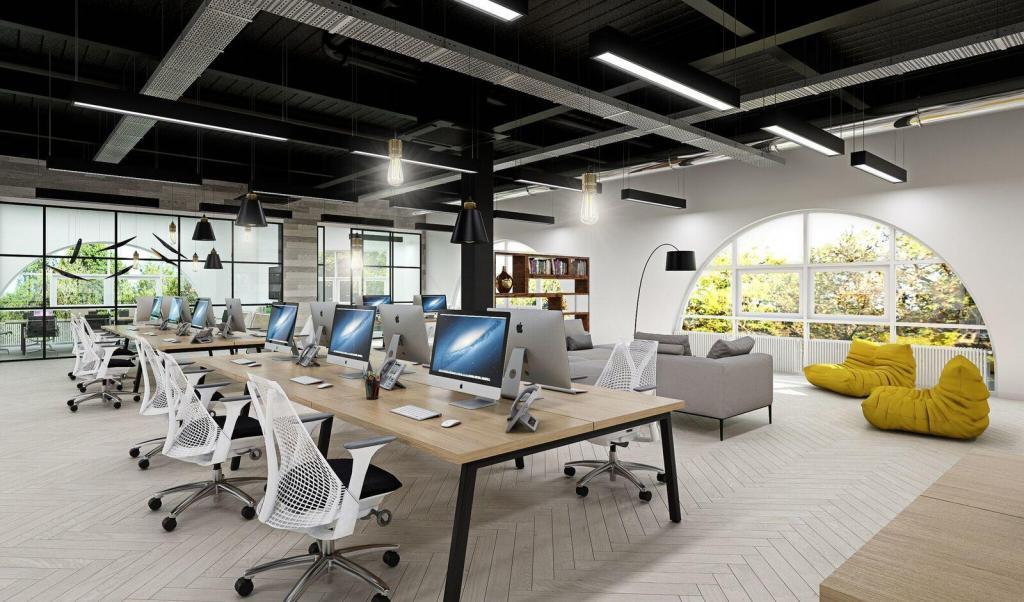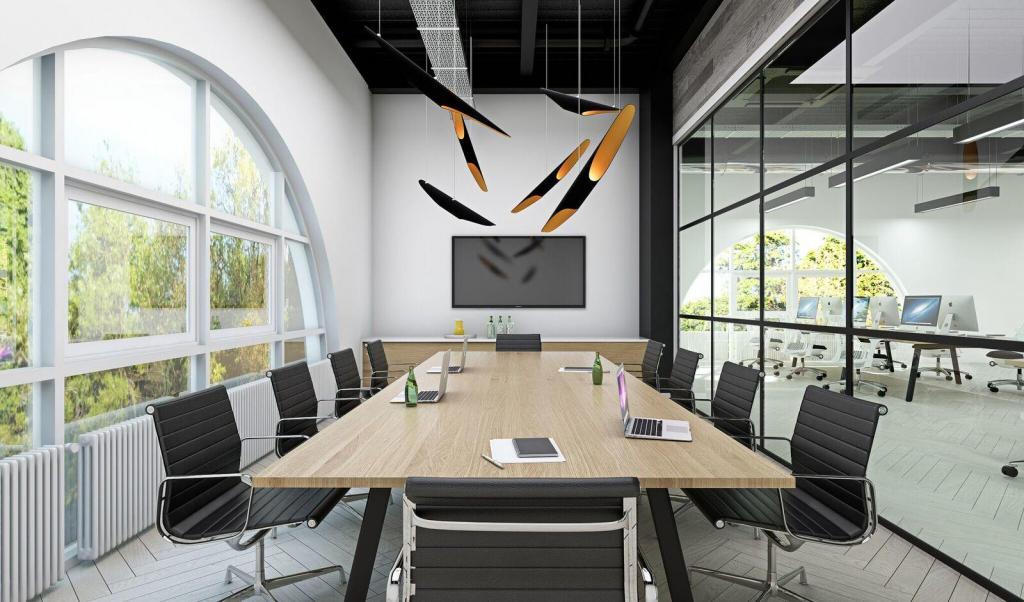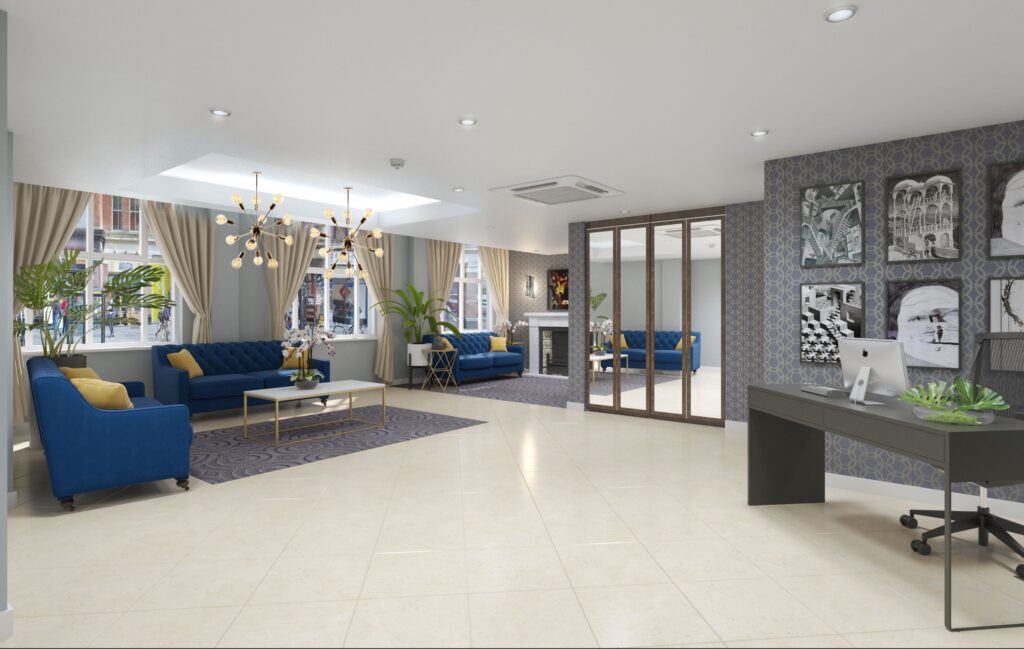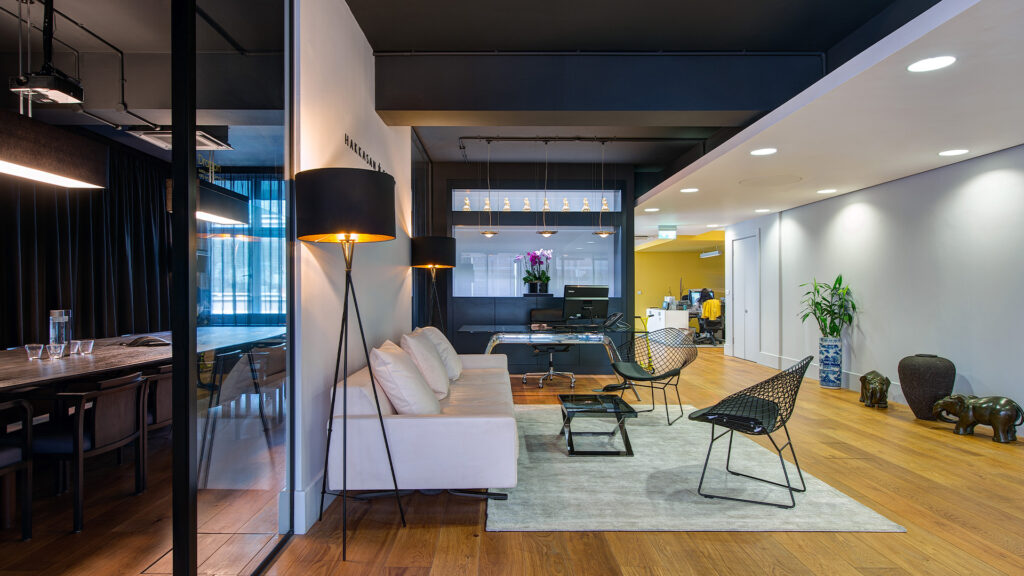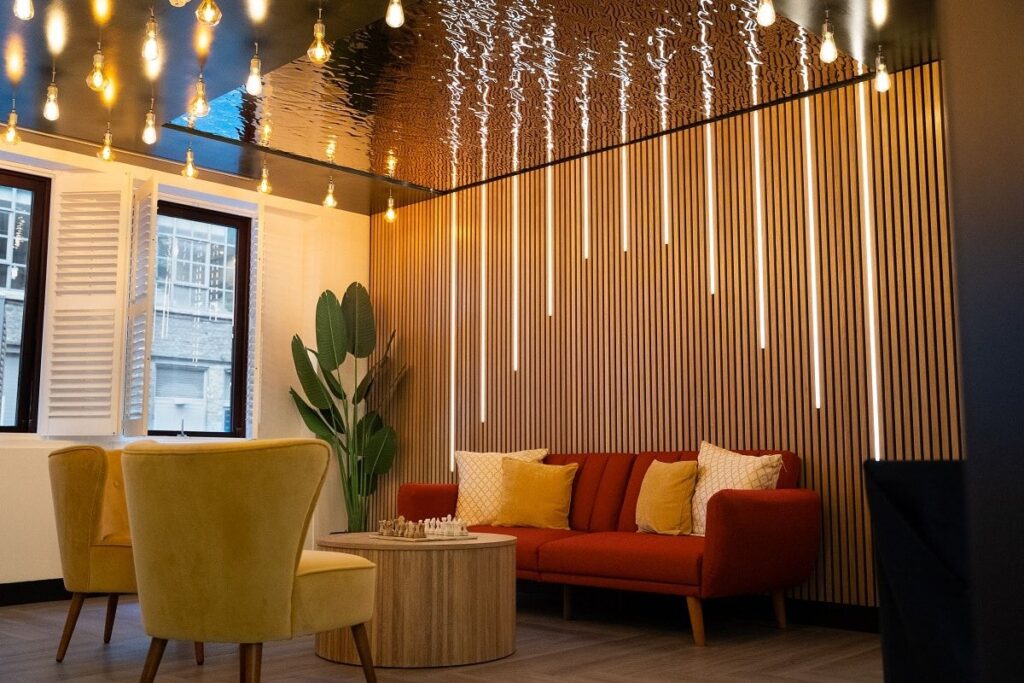When undertaking construction projects, especially in the commercial and residential sectors, you’ll encounter various contract models. One of the most popular and beneficial contract types in the industry is the design and build contract. But how do these contracts work, and why are they preferred for many projects?
In this guide, we will take you through the basics of design and build contracts, their key features, and their advantages. We’ll also explore the potential benefits of this approach, particularly for projects like office interior design.
Understanding the Basics of Design & Build Contracts
In simple terms, a design and build contract combines both the design and construction aspects of a project into one single agreement. The contractor is responsible for both the design and the construction of the project, which can be particularly beneficial for clients looking for streamlined services and clear accountability.
This type of contract is different from traditional methods where the client hires an architect to design the project, followed by a separate hiring of a contractor to execute the construction. With design and build, the client usually works with a single entity that manages both the design and the build process. This allows for better coordination and integration throughout the project’s lifespan.
Design and build contracts are common in both public and private sectors, with various government and local authority projects often utilising this approach due to its potential cost and time-saving benefits. These contracts are typically set out with a fixed price, meaning the total cost of the project is agreed upfront, which helps prevent unexpected cost overruns.
How Does the Design & Build Process Work?
The process of a design and build contract begins with the client and contractor agreeing on the scope of the project. This includes the overall vision, budget, and timelines for completion. Once the scope is defined, the contractor will handle both the design and construction, using in-house teams or subcontractors for different aspects of the project.
Initial Planning and Design
At the start of the project, the contractor will work with the client to understand their requirements. If you’re looking to enhance your business environment with new office interior design, for instance, the contractor will help you create a layout that meets both functional and aesthetic requirements.
Design Development
As the design is developed, the contractor ensures that all the design elements are feasible within the project’s budget and timeline. They will often make adjustments to the design to streamline the building process, save costs, and meet client expectations.
Construction Phase
Once the design is finalised, the construction phase begins. The contractor is responsible for all aspects of construction, including sourcing materials, managing labour, and ensuring the project adheres to building regulations and standards.
Completion and Handover
After the construction is completed, the contractor hands over the finished project to the client, ensuring that everything is to their satisfaction and compliant with the initial design brief.
Key Benefits of Design & Build Contracts
Single Point of Responsibility
One of the main advantages of a design and build contract is that the client deals with only one party throughout the project. The contractor is fully responsible for both design and construction, simplifying communication and accountability. Should any issues arise, the client has a single point of contact, streamlining problem resolution.
Cost Control
With a fixed-price contract, clients can be more confident in managing their project budget. Since the design and construction phases are handled by the same contractor, the risks associated with cost overruns can be better managed, ensuring that the project stays within budget.
Time Efficiency
The design and build model can significantly reduce the time it takes to complete a project. This is due to the contractor’s involvement from the beginning, ensuring a smoother transition from design to construction. Furthermore, any issues that arise during the design phase can be addressed in real-time, preventing delays during construction.
Flexibility in Design Changes
As the design and build phases are closely integrated, it’s easier to make design changes without significant delays or cost increases. This flexibility is particularly useful for clients who may need to adjust the design as the project progresses.
Improved Collaboration
Having a single entity responsible for both design and construction fosters better collaboration between design and construction teams. This leads to fewer misunderstandings and more cohesive outcomes, resulting in higher quality work and fewer design flaws.
Risk Reduction
Since the contractor is responsible for both aspects of the project, risks associated with miscommunications or disputes between designers and contractors are greatly reduced. The client is also shielded from the risks of cost escalation, delays, or poor-quality work that may arise from misalignment between different contractors.
When Should You Choose a Design & Build Contract?
Design and build contracts are best suited for projects where the client wants a streamlined, efficient process with a single point of responsibility. They are often chosen for projects like office interior design, where speed, cost control, and a seamless design-construction experience are paramount. However, they might not be the best option for highly complex or bespoke projects where the client wants to have greater control over the design.
If you’re considering a design and build contract for your project, it’s important to choose a contractor with experience in your specific industry. Look for a contractor who understands your needs and can offer creative, practical solutions. For example, in office interior design, you’ll want a contractor who understands the intricacies of designing functional office spaces that align with your company’s brand and work culture.
Final Notes
Design and build contracts are a great option for clients looking for a unified approach to construction, combining design and construction under one roof. They offer clear advantages, including better cost control, streamlined communication, and faster project delivery. However, they may not be ideal for every project, particularly those that require highly specific design elements or where the client wants more direct control.
For businesses looking to create functional and stylish office spaces, the design and build model can be the ideal solution, ensuring that your office interior design needs are met efficiently and effectively. As you embark on your next construction project, consider the benefits and challenges of design and build contracts to determine if they align with your project goals.
Read more: What Does Design and Build Mean Anyway?







